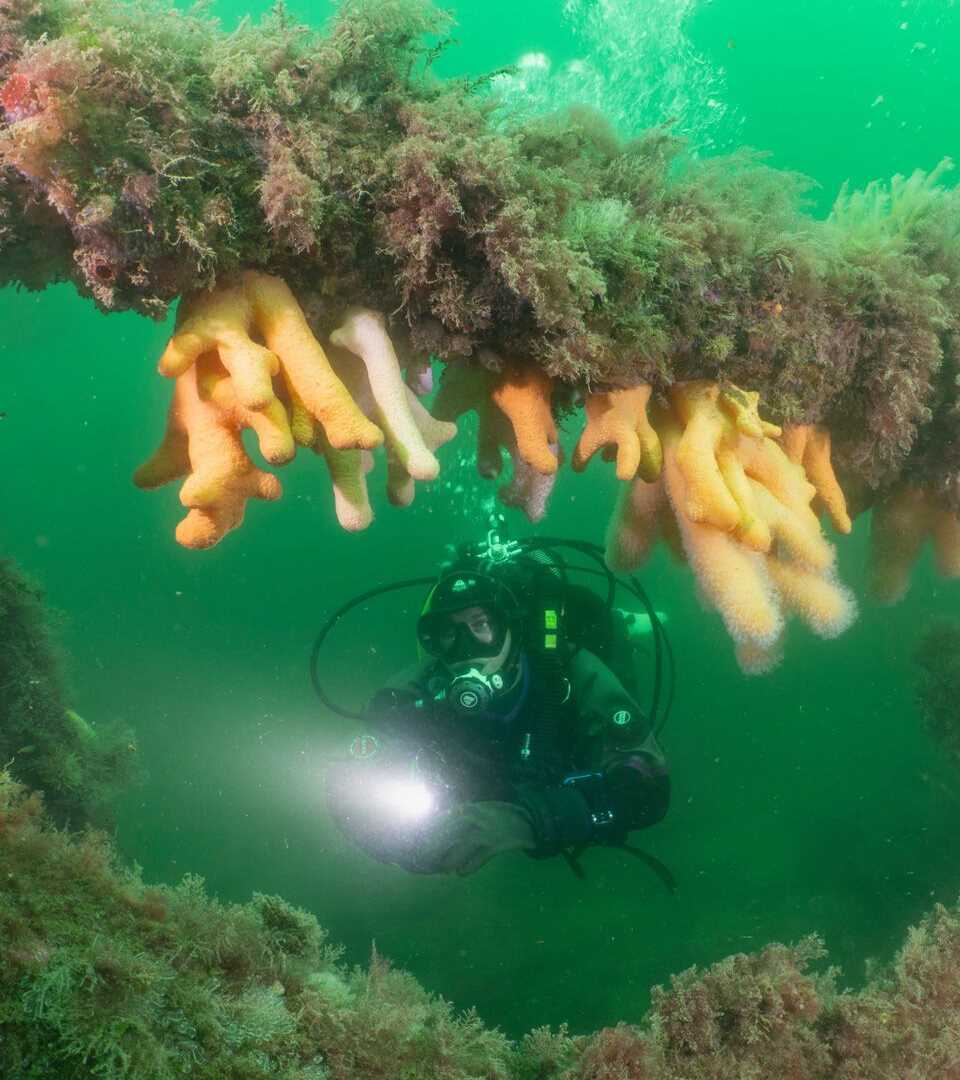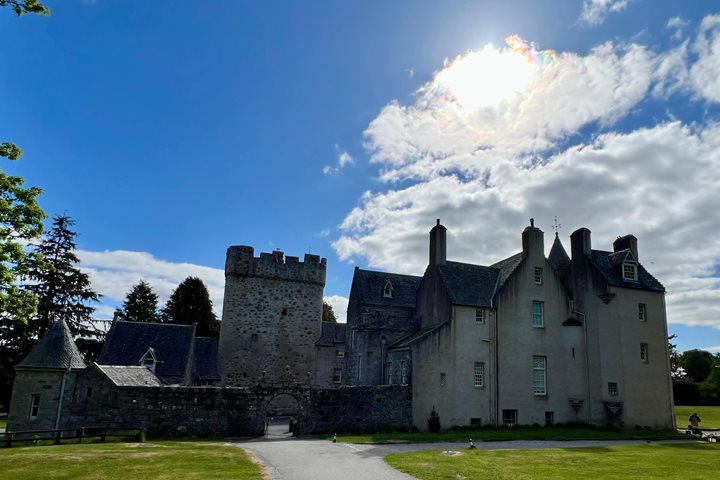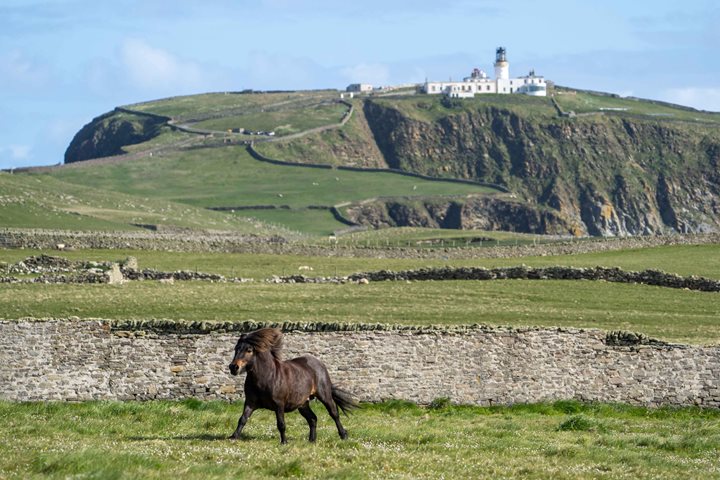The natural harbor of Scapa Flow has been the site of historical importance that far outweighs the size of these sleepy little islands in the North Sea. With the closing of WWI, the German High Seas fleet was interred by the British Navy in Scapa Flow and rather than allow their captured ships to be used by their enemies, the German Navy decided to purposefully sink their cruisers, battleships, and other military vessels. What has been left is an incredible number of large shipwrecks which are fairly easy to access.
While guests visited the museum of Scapa Flow to learn more about this strategically important embayment and its storied history, the undersea team went for dives to explore the wrecks up close. After being sunk in 1919, the fleet became one of the largest artificial reefs in all of Europe and are a magnet for marine life. The wrecks are covered in soft corals called dead man’s fingers and are home to countless invertebrates, like sea slugs and even huge lobsters. The wrecks are a testament to the scale of military engineering and the power of natural regeneration.







